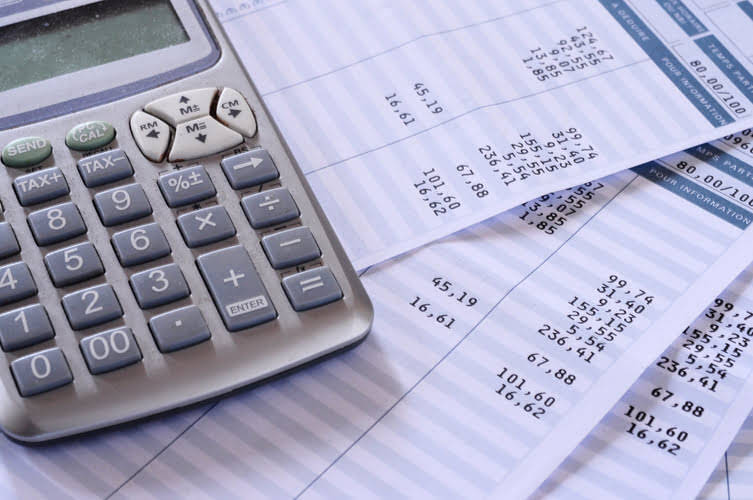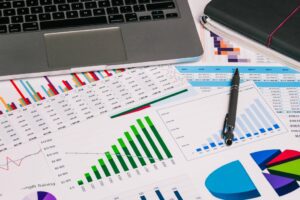
Liabilities cover all the payables or debts to creditors and suppliers — that is, the money owed to them. Equity covers the investment or capitalization that business owners put into the business. Equity refers to the ownership of the business owners and investors in the company. In the Balance Sheet, the equity accounts cover all the claims they have over the company.

Outsourcing to a professional
Under single-entry, journal entries are recorded once, as either an expense or income. Assets and liabilities (like inventory, equipment and loans) are tracked separately. If you’re just starting out, are doing your books on your own https://www.facebook.com/BooksTimeInc/ and are still in the hobby stage, single-entry is probably right for you.
How To File Taxes If You’ve Lived…
After you have sold goods or provided a service, you invoice the purchaser. Once the invoice has been presented, the amount of the sale is now owed to you. This is money that you’re due to receive, hence its placement in your general ledger under Accounts Receivable. Tracking purchasers who have paid against those who haven’t illustrate your company’s accounts receivable turnover ratio. Proper bookkeeping also allows you to determine the areas within your company that could benefit from improvements. If you’re a small business owner, it’s necessary to set projections and forecast the future of your business.
- The manual method can work if you prefer a hands-on approach, but it can also be time consuming, and it leaves more room for human error.
- You can figure out both your direct and indirect costs by performing a cost assignment to each type of good you produce or service you provide.
- Once you’ve figured out your ideal accounting method, start by creating a balance sheet, which you will use to record and track equity, liabilities, and assets.
- Each province in Canada has a different threshold for when a business owner is required to pay taxes by quarterly instalments, instead of as a lump sum at the end of the year.
- However, the accrual method is the required method for large corporations in Canada, and besides that, it tends to provide you with a more accurate picture of your overall finances.
- Here are some of the most frequently asked questions on bookkeeping for small businesses.
Bookkeeping Basics

That documentation may be a receipt, an invoice, a purchase order, or some similar type of financial record showing that the transaction took place. Ideally, you also want to find a bookkeeper or accounting firm that has experience in your industry. When https://www.bookstime.com/articles/single-step-vs-multi-step-income-statement in doubt, don’t be afraid to talk to other business owners and find out how they hired a bookkeeper and what bookkeeping methods they prefer to use.
- It only works if your company is relatively small with a low volume of transactions.
- With proper bookkeeping, you can determine the types of taxes and calculate the amount payable in advance.
- This works out to be approximately $26 an hour, over $1,000 a week, or $4,600 a month.
- Recording just the cost of those supplies with the cash method might give you an inaccurate picture of how much you are — or should be — spending on supplies.
Maintaining Cash Flow & Improved Financial Management
So, even though you received an invoice in January, you’d record the expense as a cash transaction in February, on the date that it was paid. As a business owner, you’re responsible for reporting crucial financial data about your firm to potential investors and other stakeholders. Bookkeeping programs that incorporate graphs, charts, and other visual aids make it easier to increase data precision and improve communication when you’re wooing investors. If learning the ropes of small-business bookkeeping sounds intimidating, have no fear. Discover the different options available to you, and why it’s so important to keep detailed financial records.

They apply to almost any business type and size, which makes having these basic bookkeeping skills valuable. Keeping the retained earnings account up-to-date is important for investors and lenders who need to track the company’s performance over time. Retained earnings accumulate, meaning they reflect the total amount of money retained since the company’s launch. As with the Balance Sheet, bookkeepers are also responsible for tagging transactions under the right accounts in the Income Statement.

Best Accounting Software for Small Businesses of 2024
Any bookkeeping 101 monies you owe to suppliers or other agencies for goods or services provided are placed under Accounts Payable. Accounts Payable is an expense account that lets you know how much money you owe to your creditors. Rent, business insurance, and software subscriptions are expenses you pay before receiving the benefit of the service—these are prepaid expenses.

Step 3: Choose an accounting method: Cash or Accrual
You will dive into the accounting concepts and terms that will provide the foundation for the next three courses. You will learn how to work your way through the accounting cycle and be able to read and produce key financial statements. You must be able to substantiate certain elements of expenses to deduct them on your tax return.
